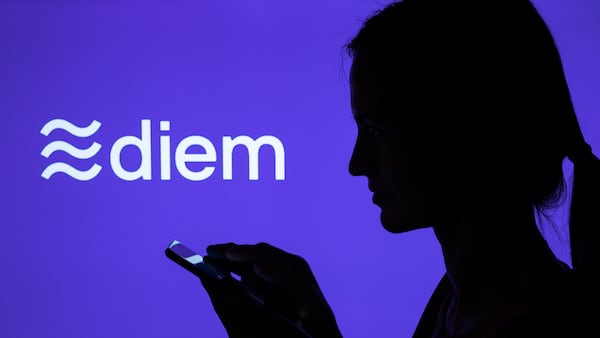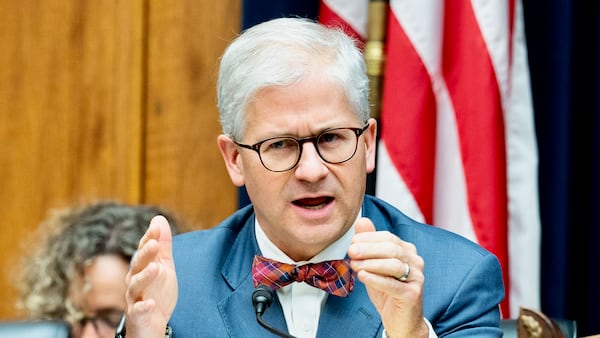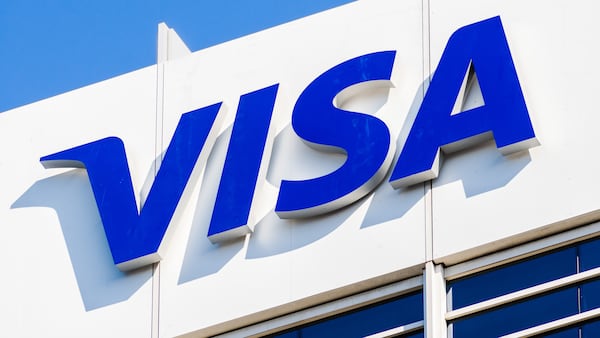- Stablecoins are a $206 billion market.
- Analysts expect the market to double in value this year.
- Fintech companies are adopting stablecoins.
Stablecoins exploded last year after surviving the previous bear market doldrums.
These crypto tokens pegged to fiat currencies, mostly the dollar, are now a $206 billion market.
That’s the sector’s highest-ever market value.
Crypto’s stablecoin market grew 57% last year and market analysts say the sector’s expansion will accelerate faster in 2025.
Analysts at Bernstein predict stablecoins will reach $500 billion in market size this year.
Arnoud Star Busmann is among those who say such growth will be driven by stablecoins creating a larger footprint beyond crypto.
Busmann runs Quantoz Payments, a Dutch fintech company. Last year, Quantoz launched stablecoins pegged to the dollar and euro on Ethereum.
“Stablecoins have the potential to revolutionise global commerce by providing a programmable and efficient alternative to traditional finance systems,” Busmann told DL News.
“Their transparency, traceability, and cost efficiency make them ideal for seamless digital payment applications,” Busmann said.
Best of both worlds
With stablecoins creeping into the mainstream payment arena, fintech companies are taking notice.
PayPal launched PYUSD, a dollar-backed stablecoin, in 2023.
Visa has helped many banks to deploy their own stablecoins and Stripe bought stablecoin platform Bridge for $1.1 billion in October.
Market analysts say stablecoins offer fintech the means to introduce crypto technology into their existing payment rails.
“Stablecoins are a perfect vehicle to connect traditional finance and decentralised finance,” Deborah Algeo, global head of enterprise at digital asset custodian Zodia Custody, told DL News.
Faster and cheaper
One of crypto technology’s claims to fame is its ability to perform high-speed transactions at relatively lower costs.
According to Dary McGovern, chief operating officer at legacy Bitcoin bank Xapo Bank, that same advantage is an edge.
“The capacity for stablecoins to accelerate and simplify cross-border settlements, while understood and utilised, will remain a significant growth area,” McGovern told DL News.
Busmann told DL News that stablecoins can also eliminate barriers to payment access, especially for users in unbanked and underbanked regions of the world.
Regulatory clarity
While the likes of PayPal and Stripe are succeeding, Mark Zuckerberg’s Meta wasn’t as fortunate.
Meta’s plan to launch Libra, later renamed Diem, between 2020 and 2022, triggered alarm bells among regulators.
Market observers say regulators are now more amenable.
“The regulatory landscape has evolved,” Algeo said. “Frameworks have been developed to ensure stablecoin issuers maintain transparency, reserve backing, and compliance with anti-money laundering and know-your-customer requirements.”
In Europe, there’s MiCA ― or Markets in Crypto Assets Regulation. MiCA introduced a uniform set of rules to govern crypto in Europe, replacing a patchwork of laws established by different countries in the region.
According to Busmann, MiCA will push retail users towards more regulated stablecoins.
“The regulatory clarity afforded byMiCA compliance unlocks countless opportunities,” Busmann said.
Osato Avan-Nomayo is our Nigeria-based DeFi correspondent. He covers DeFi and tech. Got a tip? please contact him at osato@dlnews.com.







